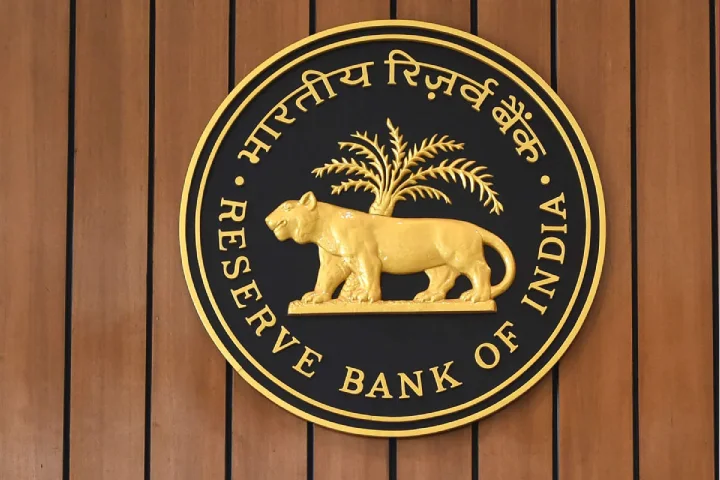

Representative image
The Rs 2.11 lakh all-time high dividend by Reserve Bank of India, will help the government in maintaining the fiscal deficit at targeted 5.1 per cent for the year 2024-25. Fitch Ratings says, the high dividend by RBI could even lower FD below the target.
“The larger-than-expected Reserve Bank of India (RBI) dividend to the government should help to ensure the 5.1% of GDP deficit target for the fiscal year ending March 2025 (FY25) will be met and could be used to lower the deficit beyond the current target.” says Fitch Ratings
The new government budget in July, will announce how the government plans to use the dividend given by the central bank.
Finance minister Nirmala Sitharaman has signalled that the government aims to narrow FD to 4.5 per cent of GDP by FY26.
Fitch Ratings says “Sustained deficit reduction, particularly if underpinned by durable revenue-raising reforms, would be positive for India’s sovereign rating fundamentals over the medium term.”
RBI’s record-high dividend of Rs 2.11 lakh crore, is equivalent to 0.6 per cent of GDP from its operations in FY24. This is more than double of the expected 0.3 per cent of GDP in the FY25 interim budget. The dividend will help the new government in meeting the near-term deficit reduction goals.
Fitch says, an important driver of higher RBI profits appears to be higher interest revenue on foreign assets, though the central bank has not yet provided a detailed breakdown.
In its post-election budget, the new government will have two options. First, the government could opt to keep the current deficit target at 5.1 per cent for FY25, and use the windfall gain from RBI to further boost spending on infrastructure, or to offset upside spending surprises or lower-than-budgeted revenue, for example from divestment. Alternatively, all or part of the dividend can be saved and used to push the deficit to below 5.1 per cent of GDP. The July budget will give greater clarity around its medium-term fiscal priorities.
Dividend transfers from RBI to the government can be significant at the margin for fiscal performance, but it depend on various factors, including the size and performance of assets held on the central bank’s balance sheet and India’s exchange rate. Transfers may also be influenced by the RBI’s views on what level of buffer is appropriate to maintain on its own balance sheet.
Fitch Ratings views, the potential volatility of transfers means there is significant uncertainty about their medium-term path, and we do not anticipate that dividends as a share of GDP will be sustained at such a high level.
The Deputy Chief of the Main Operations Directorate of the General Staff of the Russian…
BRICS Sherpa Secretary (ER) Dammu Ravi participated in the BRICS Sherpas Meeting being held in…
The Border Security Force (BSF) Director General Daljit Chawdhary on Friday met with Union Home…
By Shailesh Yadav Google Gemini, the generative artificial intelligence tool of technology major Google, can…
Union Home Minister Amit Shah spoke with Chief Ministers on Friday and asked them to…
Raja Abid, Chairman of the Revolutionary Students Organisation, has condemned the deteriorating education system in…